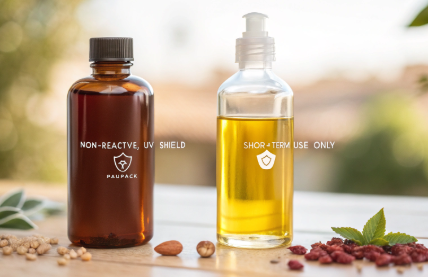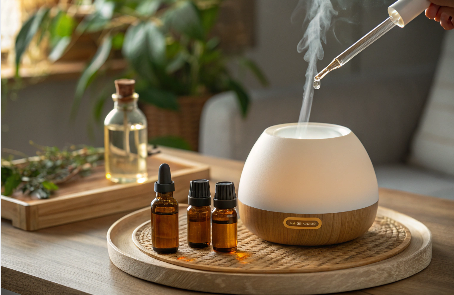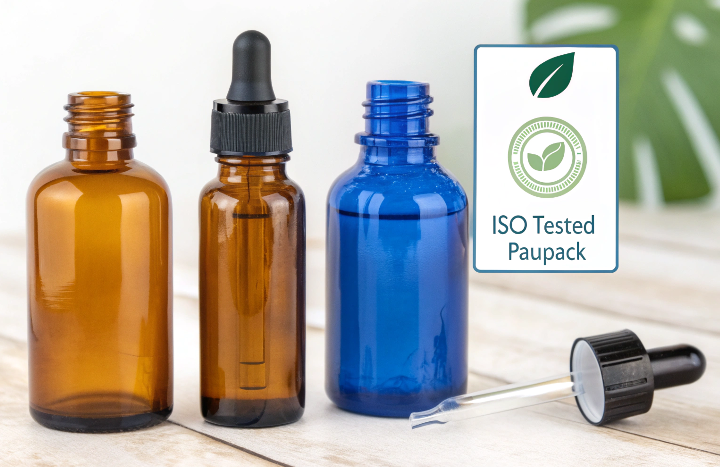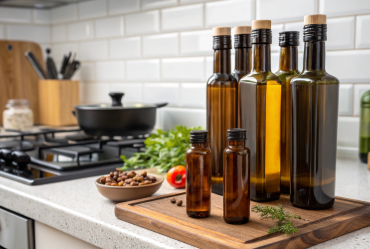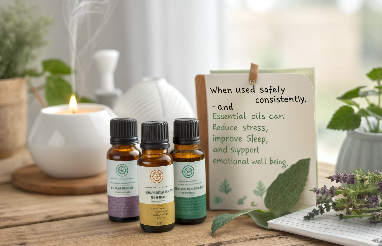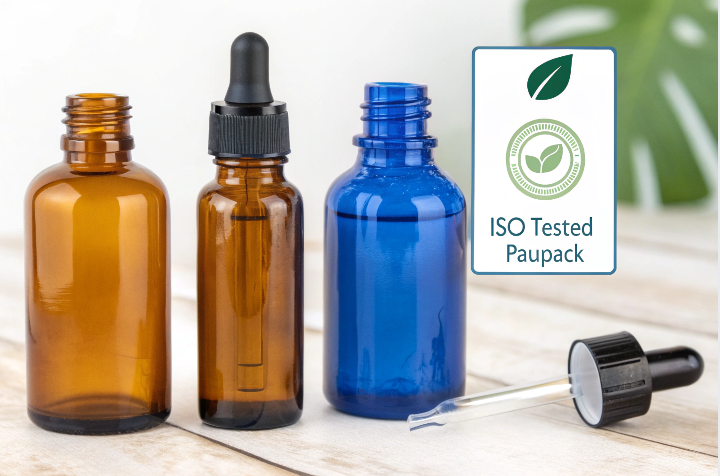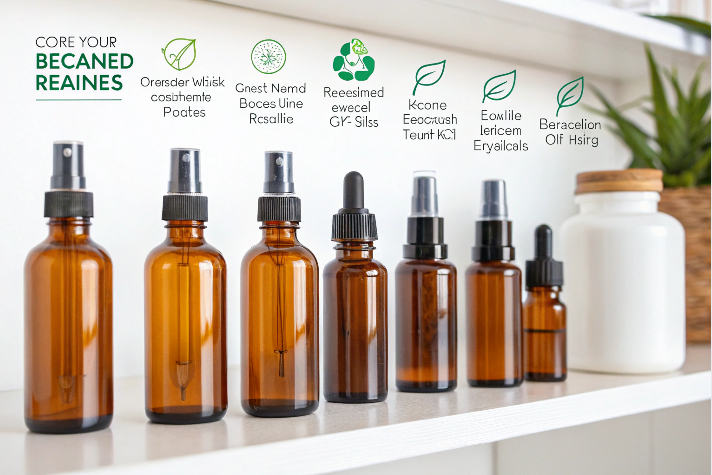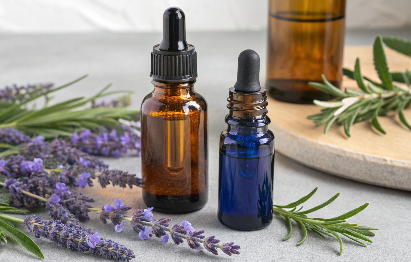Whether you’re looking to relax, boost focus, or refresh a room, mixing essential oils for a diffuser can feel like both an art and a science. But once you understand the basics of blending, it’s easy to create signature scents that uplift your space—and your mood.
To mix essential oils for a diffuser, combine 3–5 oils with complementary scents and functions, using 5–15 drops total per 100ml of water in an ultrasonic diffuser. Always match oils to your goal (calming, energizing, purifying).
Let’s explore how to build a great blend, what not to mix, and exactly how many drops to use for safe, effective aromatherapy.
What is a good mix of essential oils for diffusers?
Start with purpose, then match notes.
A good diffuser blend combines top, middle, and base notes that serve a clear purpose—like relaxation, energy, or focus—while creating a balanced, pleasant aroma.
Popular Essential Oil Diffuser Blends:
| Goal | Blend |
|---|---|
| Relaxation | Lavender + Frankincense + Cedarwood |
| Energy Boost | Peppermint + Lemon + Rosemary |
| Clean Air | Tea Tree + Eucalyptus + Lemon |
| Mood Lift | Bergamot + Orange + Geranium |
| Sleep Aid | Chamomile + Lavender + Vetiver |
Use 2–3 drops of each oil to keep the scent balanced, adjusting for room size and diffuser capacity.
At PauPack, we often help wellness brands bottle these blends in pre-mixed dropper bottles—perfect for customers who want consistent diffuser-ready formulas.
Do I mix the water and essential oils in a diffuser?
Yes—that’s how most home diffusers work.
In ultrasonic diffusers, you add water first, then drop in your essential oils. The device uses vibrations to disperse a fine mist of water and oil into the air.
Diffuser Steps:
-
Fill tank with filtered or distilled water up to the max line.
-
Add 5–15 drops of essential oil (based on tank size).
-
Turn on and enjoy the mist.
For nebulizing diffusers (which don’t use water), oils go in undiluted. Always check your diffuser type before adding any ingredients.
What essential oils cannot be mixed together?
Some combinations clash chemically—or just smell bad.
Avoid mixing oils that either cancel each other out, cause skin or respiratory irritation when diffused, or create overpowering scents.
Oils That Don’t Blend Well:
| Oil Pair | Why to Avoid |
|---|---|
| Cinnamon + Peppermint | Too intense and can irritate airways |
| Eucalyptus + Clove | May trigger sensitivities or overwhelm scent |
| Lemon + Vetiver | Citrus evaporates fast, vetiver is heavy—poor synergy |
| Tea Tree + Floral Oils | Tea tree’s medicinal scent can dominate blends |
Also, avoid phototoxic oils (like cold-pressed bergamot) in high concentration if you’re misting around skin.
When designing diffuser blends for your brand, PauPack helps test scent throw and evaporation rates to ensure the final product smells great from start to finish.
How many drops of essential oils do you put in a diffuser?
Don’t overdo it—more oil doesn’t always mean stronger benefits.
Use 5–15 drops of essential oil per 100ml of water in your diffuser. Adjust up or down based on room size, oil strength, and sensitivity.
Suggested Drop Counts:
| Diffuser Tank Size | Recommended Drops |
|---|---|
| 100ml | 5–10 drops |
| 200ml | 10–15 drops |
| 300ml | 12–18 drops |
| 500ml+ | 15–25 drops |
Too many drops can clog your diffuser or cause respiratory discomfort. For safe diffusion, start small and build scent intensity gradually.
PauPack's essential oil packaging includes dropper tops and reducer inserts that allow for precise, controlled use—ideal for diffuser blends where accuracy matters.
Conclusion
Mixing essential oils for your diffuser is all about choosing the right oils, understanding drop ratios, and knowing which combinations work together. With a little creativity and control, you can transform any room into a personalized aromatherapy experience.




